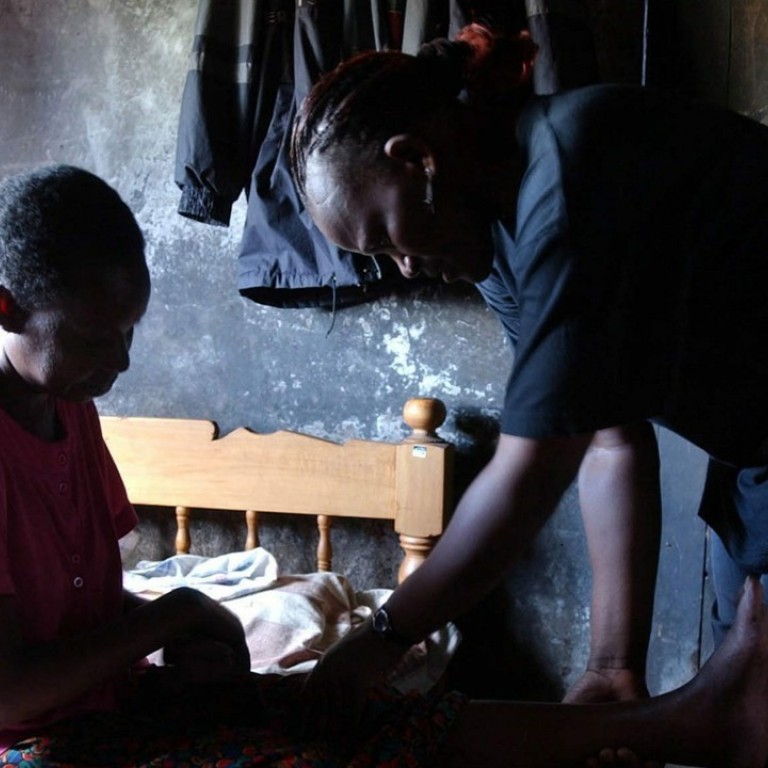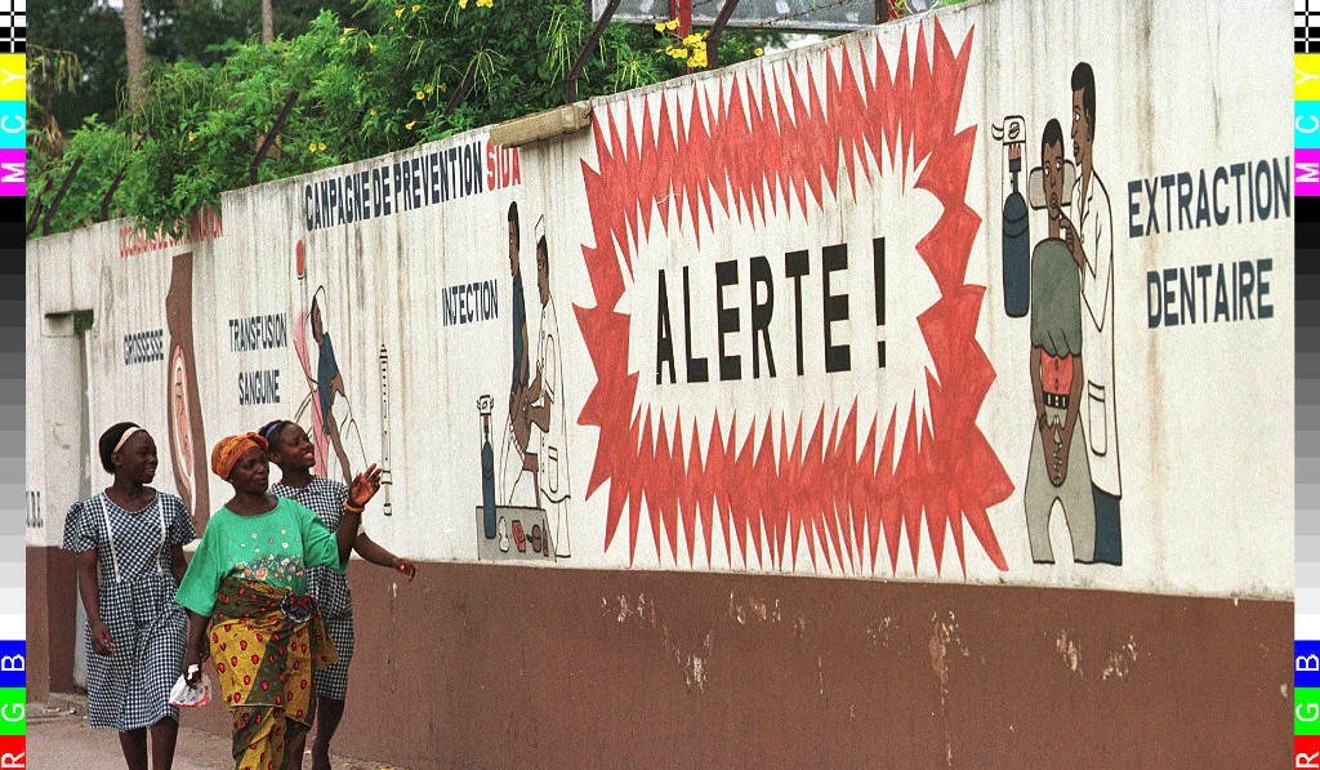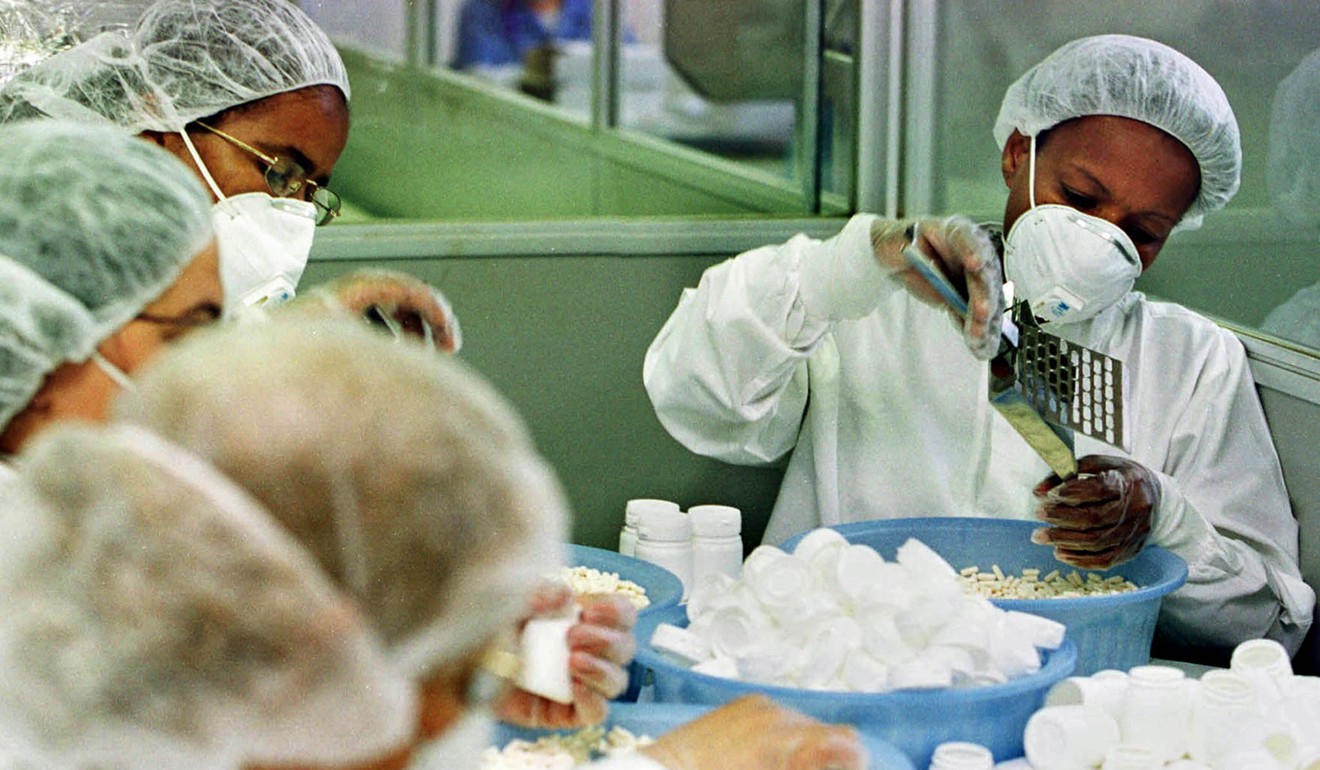
UN report proclaims ‘scales have tipped’ in battle against Aids with one million deaths in 2016
New HIV infections declining and more people than ever are on life-saving treatment
Aids claimed one million lives in 2016, almost half the 2005 toll that marked the peak of the deadly epidemic, a UN report released Thursday said, proclaiming “the scales have tipped”.
Not only are new HIV infections and deaths declining, but more people than ever are on life-saving treatment, according to data published ahead of an Aids science conference opening in Paris on Sunday.
“In 2016, 19.5 million of the 36.7 million people living with HIV had access to treatment,” said the UNAids global roundup.
This marked the first time that more than half of infected people were receiving anti-retroviral treatment, which subdues the Aids virus but does not kill it.
“Aids-related deaths have fallen from 1.9 million in 2005 to one million in 2016,” said the authors, adding that “for the first time the scales have tipped”.

The year 2016 saw 1.8 million new infections, almost half the record number of about 3.5 million in 1997, the report said.
In total, 76.1 million people have been infected with HIV, the virus that causes Aids, since the epidemic started in the 1980s. Some 35 million have died.
“Communities and families are thriving as Aids is being pushed back,” said UNAids executive director Michel Sidibe.
“As we bring the epidemic under control, health outcomes are improving and nations are becoming stronger.”
As yet, there is no HIV vaccine or cure, and infected people rely on lifelong anti-retroviral therapy to stop the virus replicating.

Without treatment, HIV-infected people go on to develop Aids, a syndrome that weakens the immune system and leaves the body exposed to opportunistic infections such as tuberculosis and some types of cancer.
Treatment carries side effects and is costly, but allows infected people to be healthier for longer.
Most of the progress has been made in east and southern Africa, the region that was hardest hit by the epidemic and where many interventions were focused.
Globally, progress has been significant, but there is still more work to do
Since 2010, Aids-related deaths in the region declined by 42 per cent. The region accounts for half the world’s infected population, with women and girls disproportionately affected at 60 per cent.
Sixty per cent of all people who receive anti-retroviral therapy live in east and southern Africa which, along with west and central Europe and the Americas, is on target to meet the so-called 90-90-90 targets set by the UN, said the report.
By 2020, the plan aims for 90 per cent of infected people to know their status, and 90 per cent of those must be on treatment. Then 90 per cent of those on treatment must have the virus “suppressed” by medicine to the extent that it cannot function or replicate.
By 2016, 70 per cent of infected people knew their status, the new report said. Of those, 77 per cent were on treatment, and 82 per cent had virus suppression.
But UNAids also expressed concern about two regions with worsening Aids trends: the Middle East-North Africa, and eastern Europe-central Asia. Both are areas marred by conflict and political uncertainty.
New HIV infections rose by 60 per cent in eastern Europe and central Asia, and deaths by almost a third from 2010 to 2016.
In the Middle East and North Africa, the number of AIDS deaths increased by a fifth in the last six years.

“Globally, progress has been significant, but there is still more work to do,” the authors said in a statement.
“Around 30 per cent of people living with HIV still do not know their HIV status, 17.1 million people living with HIV do not have access to anti retroviral therapy, and more than half of all people living with HIV are not virally suppressed.”
According to the report, of the total infected population, more than two million were children younger than 15 with just 43 per cent of them on treatment. However new infections among children have almost halved from 300,000 in 2010 to 160,000 last year.
This was partly due to more and more HIV-infected pregnant women – 76 per cent in 2016 – having access to drugs blocking virus transmission to their offspring.

.png?itok=arIb17P0)